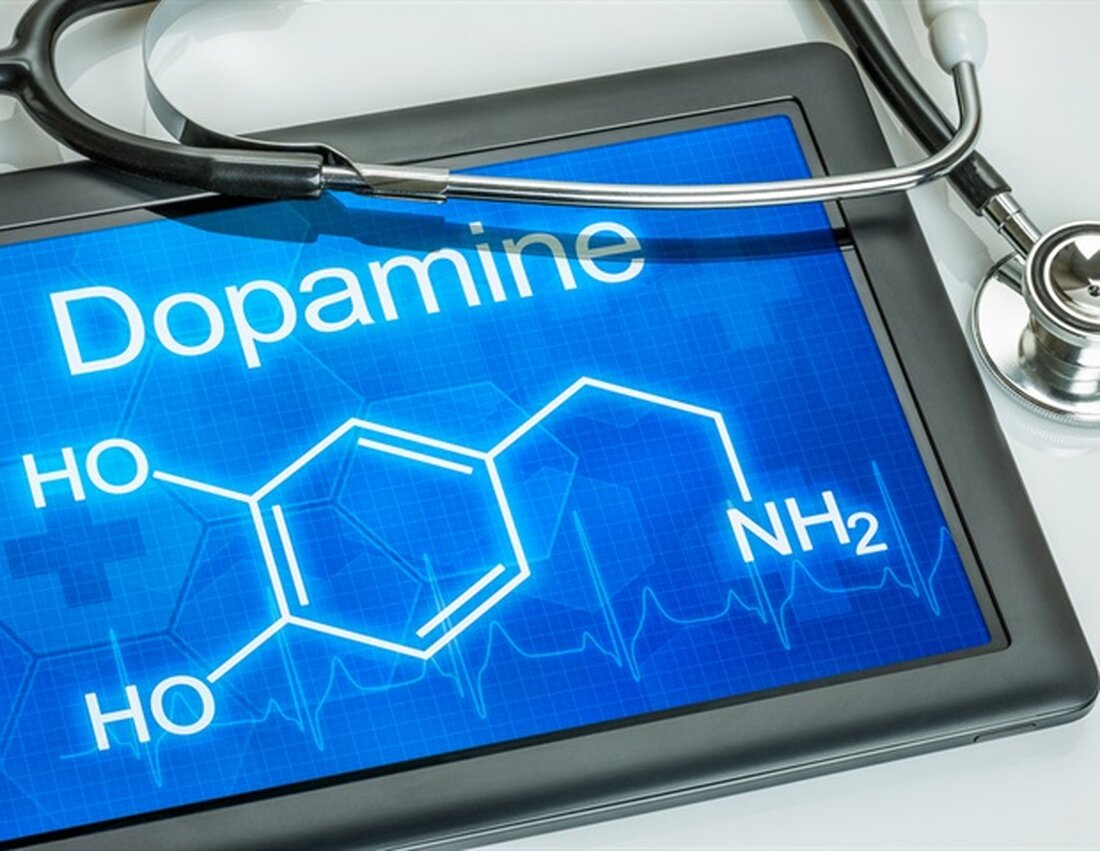Therapeutic use of ketamine may be safe, study suggests
Often used in medicine as an anesthetic, ketamine is increasingly being prescribed to relieve depressive symptoms. This very fast-acting psychotropic drug is particularly indicated for the treatment of patients who are resistant to conventional antidepressants. However, its prescription has been the subject of debate: some believe it poses a strong risk of addiction. A team from the University of Geneva (UNIGE) investigated this by administering the drug to mice. While it - like all drugs - triggers a surge of dopamine in your brain, it also inhibits a specific receptor that prevents addiction from progressing. These results can be read in the journal Nature. …

Therapeutic use of ketamine may be safe, study suggests
Often used in medicine as an anesthetic, ketamine is increasingly being prescribed to relieve depressive symptoms. This very fast-acting psychotropic drug is particularly indicated for the treatment of patients who are resistant to conventional antidepressants. However, its prescription has been the subject of debate: some believe it poses a strong risk of addiction. A team from the University of Geneva (UNIGE) investigated this by administering the drug to mice. While it - like all drugs - triggers a surge of dopamine in your brain, it also inhibits a specific receptor that prevents addiction from progressing. These results can be read in the journal Nature.
Discovered in 1962 by American chemist Calvin Lee Stevens, ketamine is a synthetic drug derived from phencyclidine that has powerful anesthetic properties. It is commonly used in human and veterinary medicine, particularly for pain relief and short-term sedation. It is also used illegally for recreational purposes because its dissociative effects produce an altered perception of reality.
For about a decade, ketamine has also been prescribed to treat depressive symptoms in people resistant to conventional treatments. Its action has the advantage of being very rapid: its effect is felt a few hours after the first dose, while traditional antidepressants take several weeks to work. Although the prescription for this type of treatment is increasing, this substance is still widely discussed in the scientific community.
"Some people believe that ketamine poses a strong risk of addiction when taken over a long period of time, others do not. The whole point of our research was to try to provide some answers," explains Christian Lüscher, full professor in the Department of Basic Neuroscience at the UNIGE Faculty of Medicine and a specialist in the mechanisms underlying addiction.
Addiction vs. Dependence
Addiction is the compulsive consumption of a substance despite negative consequences (behavioral disorder). Dependence, on the other hand, is characterized by the appearance of one or more withdrawal symptoms when consumption is suddenly stopped (physiological disorder). Dependence, whose physical manifestations vary greatly depending on the drug, affects everyone. Addiction, on the other hand, only affects a minority of people and is not caused by all drugs.
For example, with cocaine, even after long-term exposure, only 20% of users become addicted. For opiates the rate is 30%. In their most recent work, Christian Lüscher's team tried to assess the addiction risk of ketamine.
Brief stimulation of the reward system
The UNIGE researchers used a device that allowed mice to self-administer doses of ketamine.
The drugs intensely stimulate the reward system in the brain, resulting in an increase in dopamine levels. The first step was to observe whether this mechanism also works when taking ketamine.”
Yue Li, Postdoctoral Scholar, Department of Basic Neuroscience, UNIGE Faculty of Medicine
The scientists found that levels of dopamine - also known as the "pleasure molecule" - increased with each dose, triggering positive reinforcement in the mice that motivated them to repeat self-administration. “Unlike cocaine, for example, we found that dopamine levels fell very quickly after taking the drug,” says Yue Li.
A drug that leaves no “marks”.
The research team wanted to understand this phenomenon. They discovered that ketamine triggered a surge in dopamine by inhibiting a molecule called the NMDA receptor in the reward center of the rodent brain. Dopamine then binds to another receptor (called the D2 receptor), which acts as a quick brake on the increase in dopamine. The researchers also confirmed that the action of the NMDA receptor is necessary to modify the communication between nerve cells that underlie the behavior change that leads to addiction. Inhibition of the NMDA receptor by ketamine makes this modification impossible.
"The consequence of this dual effect of ketamine is that it does not induce the synaptic plasticity that addictive drugs have and which persists in the brain after the substance has worn off. It is this memory of the product in the reward system - which is missing with ketamine - that drives repetition of consumption, explains Christian Lüscher. Therefore, the addiction risk of ketamine in rodents appears to be zero. It is the same in humans like that? Could this risk vary depending on the person? Our study provides a solid framework for discussing access to its therapeutic use,” concludes Christian Lüscher.
Source:
Reference:
Simmler, L.D., et al. (2022) Dual effects of ketamine limit addiction liability. Nature. doi.org/10.1038/s41586-022-04993-7.
.

 Suche
Suche
 Mein Konto
Mein Konto
